Latest NRAO News
News is managed by NRAO News & Public Information. Questions about News? Have a story to share? Want to interview a scientist or create new media about our telescopes?
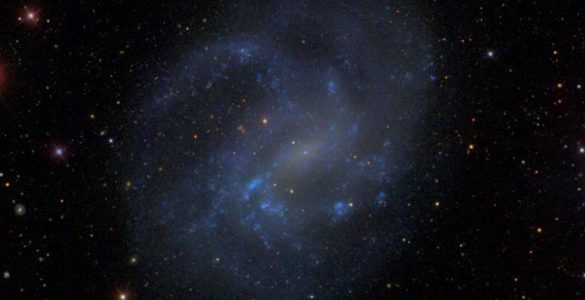
Astronomers have found more than 100 small, dwarf galaxies with characteristics indicating that they harbor massive black holes feeding on surrounding gas.
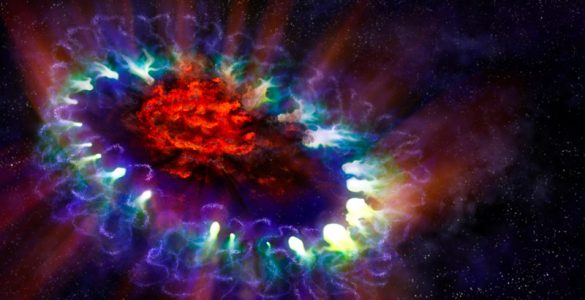
Galaxies can be remarkably dusty places and supernovas are thought to be a primary source of that dust, especially in the early Universe.
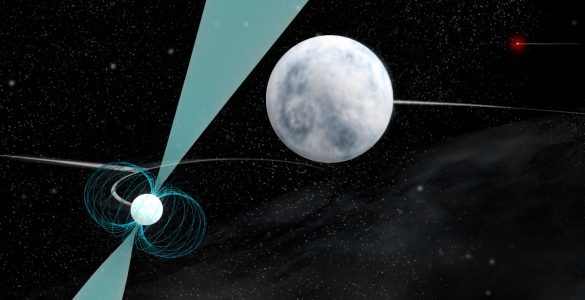
Astronomers using the GBT have discovered a unique stellar system of two white dwarf stars and a superdense neutron star, all packed within a space smaller than Earth’s orbit around the Sun.
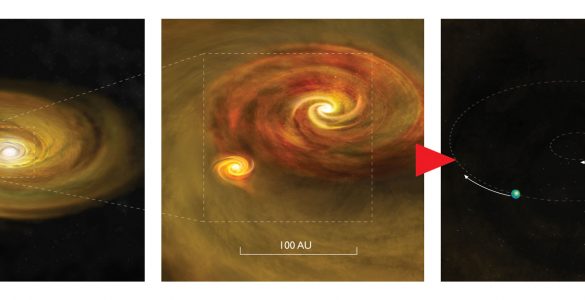
Using the new capabilities of the upgraded VLA, scientists have discovered previously unseen binary companions to a pair of very young protostars.
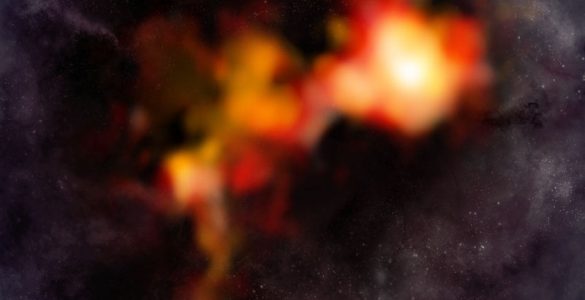
Massive stars – those at least 8 times the mass of our Sun – present an intriguing mystery: how…

The VLA will get a new system allowing it to continuously monitor the sky to study the ionosphere and detect short bursts of radio emission from astronomical objects.





